How to Get Rid of Gnats, Flies, Ticks, and Mosquitoes — Naturally
Warmer weather means more bugs! Here's how to deal with it — naturally.
Updated June 21 2023, 2:02 p.m. ET
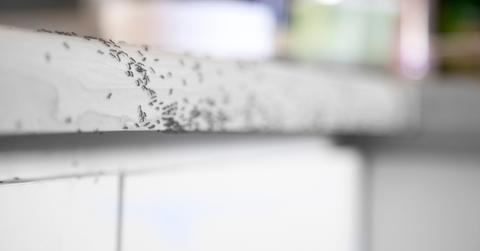
Every time summer approaches, homeowners have to reconcile with the fact that with warmer weather comes more bugs. Nobody wants an infestation of any kind — whether it be mosquitoes that suck your blood while you’re sleeping or little fungus gnats that wreak havoc on your kitchen. So, what can you do to get rid of all these bugs?
Sure, there are plenty of insect repellents out there, but they might not be the best for the environment or for your health. Skip the insecticides and harmful chemicals and opt for a more nontoxic, sustainable route to getting rid of gnats, flies, ticks, and mosquitoes.
And should you find yourself exhausted by the now full-time job of trying to rid your home of gnats, flies, ticks, and mosquitoes naturally, you can always buy a safe and nontoxic insect trap from Zevo. Zevo’s flying insect trap products simply plug into an outlet; using multi-spectrum light technology and body head attractants, this plug-in attracts bugs — whether they’re gnats, flies, mosquitoes, or whatever else you can name — without the help of chemical insecticides and catches them inside with a sticky adhesive backing. Throw away the dead insects, then replace the cartridge.
Looking for ways to get rid of any other creepy, crawling critters? Keep reading for more all-natural ways to get rid of various insects!
How to get rid of gnats:
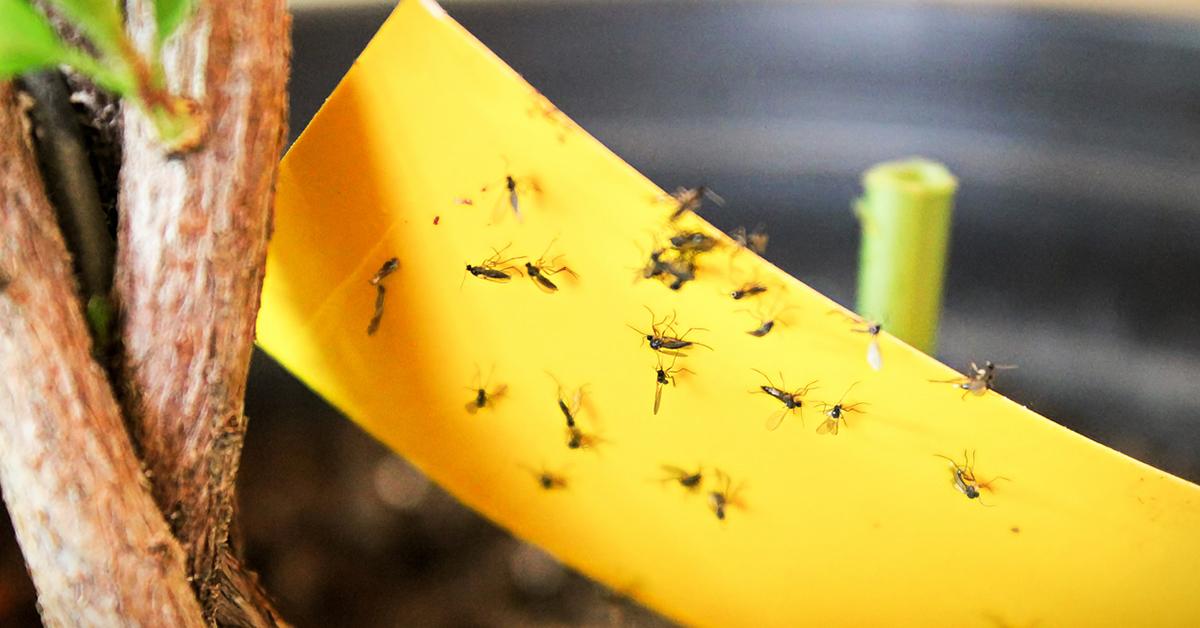
A gnat is a small, double-winged type of fly that usually descends in swarms, making them especially difficult to get rid of. Gnats look like mosquitoes in that they are black, have long legs, and two small wings.
These yucky pests make their way inside from either outdoors or — it pains us to even say it — your fruits and vegetables. Say what? Well, adult gnats lay their eggs on unripe fruits and vegetables. If the produce over-matures — say, it becomes overripe and you keep it too long — the gnat larvae either inside or on the produce’s surface feed off of the rotting organic material; soon, they’ll be mature enough to leave the fruit and terrorize your kitchen.
There are a few remedies you can try at home to get rid of a gnat infestation: apple cider vinegar, wine, rotten fruit, and when all else fails, bleach usually does the trick.

Vinegar won’t kill off a swarm of gnats on its own, but it can aid in the process of trapping them. To use an apple cider vinegar trap to get rid of gnats, mix a half cup of warm water with two tablespoons of ACV, a tablespoon of sugar, and a few drops of liquid soap. Put the bowl in the area you see gnats the most. Both the sugar and vinegar will lure in the gnats; then they’ll get stuck in the soap’s bubbles and won’t be able to fly back out.
You can also try a wine trap: Leave a bit of an old, expired wine at the bottom of a wine bottle, then add a few drops of liquid soap. The vinegary scent of the expired wine will attract the gnats, then the soap will trap them. Even if any gnats escape the liquid soap, it will be very difficult for them to make their way back up the wine bottle stem.
A rotten fruit trap can also get rid of gnats. Put an overripe piece of fruit in a jar, then cover it with vinegar. Roll a piece of paper into a cone shape and put it in the jar. The fruit and the vinegar attract the gnats, but the little bugs will not be able to fly back out of the cone.
Still dealing with a frustrating gnat infestation? You could try targeting your drains. Pour half a cup of bleach down the drain where gnats congregate; that should take care of it.
You may also consider the boiling water hack, which has gone viral on TikTok. Some people have found that flushing the kitchen sink with a pot of boiling water once or twice each week can help get rid of drain flies and gnats, too.
How to get rid of flies:
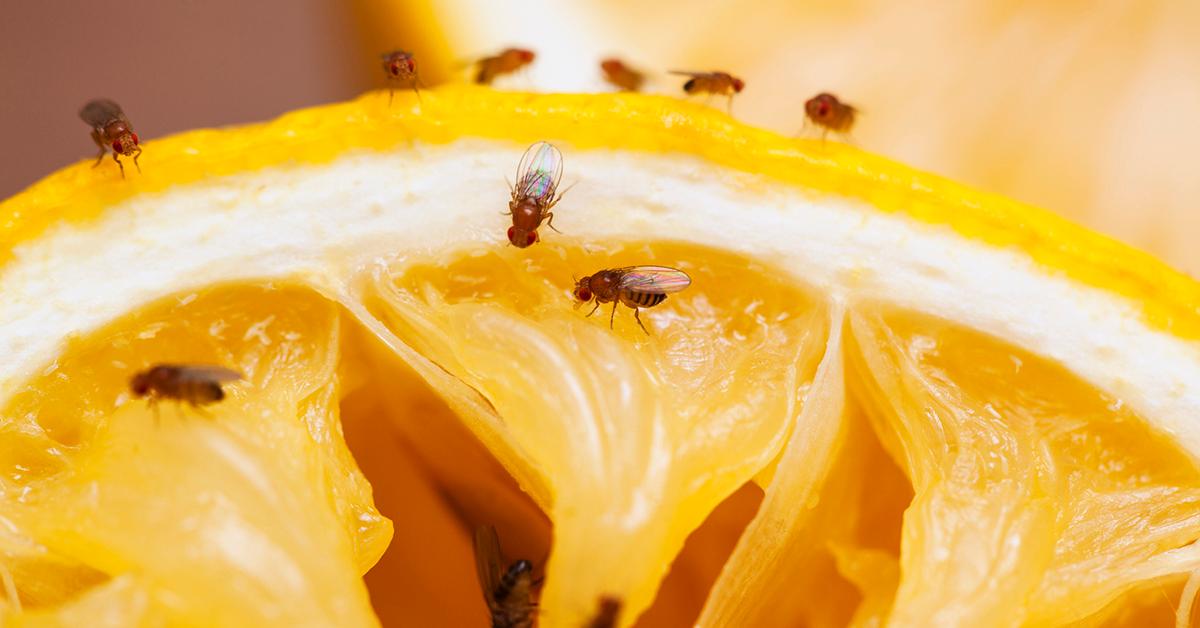
Flies are pretty pesky. Whether you’re dealing with house flies or fruit flies, both kinds of winged insects love decaying organic matter. This includes trash cans, spoiled foods, feces, or compost piles, so you might notice them specifically hanging (or flying) around these areas.
The most effective way to rid your house of flies is to eradicate their hang-out spots. You can do this by giving your home a deep clean, regularly taking out the trash and compost, cleaning the toilets, and keeping pet areas clean.
To catch flies, you can make a mixture of vinegar and dish soap. This mixture is just as effective with fruit flies and house flies as it is with gnats. Mix equal parts vinegar and dish soap in a bowl, then leave it out in a place where you see flies frequent the most. The vinegar will attract the flies while the dish soap will trap them.
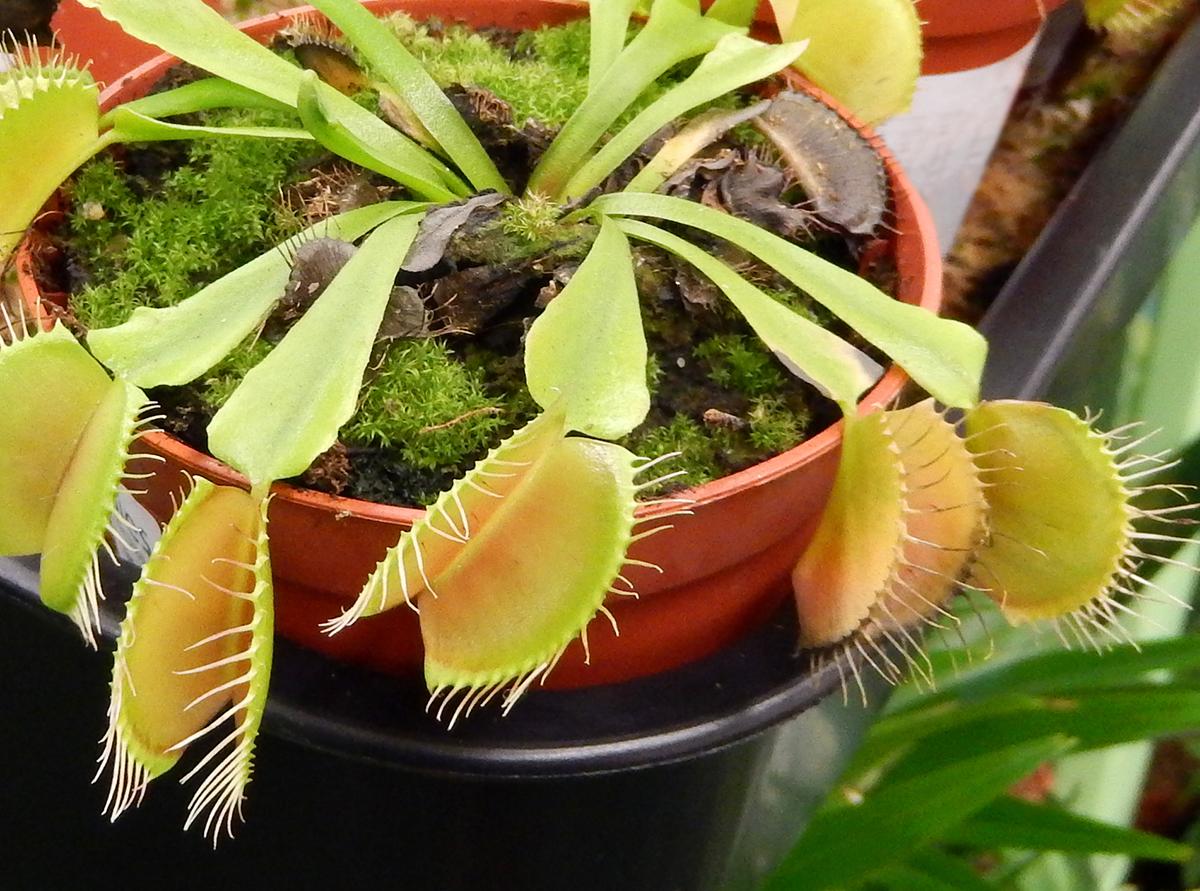
Another way to naturally get rid of flies at home is to buy a Venus flytrap plant. After all, it’s in the name! Venus flytraps are carnivorous plants that actually eat insects. If your home is having a fly problem, the Venus flytrap can help take care of it for you and in a natural, safe, and nontoxic way.
Once you rid your house of flies, you’ll want to prevent them from coming back in the future. You can do this by making a mixture of water and cayenne pepper. Place the mixture in a spray bottle and spray it around your home, particularly near the doors and windows. The smell of the cayenne pepper is strong and will deter the flies from coming inside.
You can also plant certain herbs and flowers outside in your garden to deter flies from coming around. Basil and marigolds tend to keep flies away, but you can also plant a Venus flytrap outdoors as well.
How to get rid of ticks:

A tick is a relatively small arachnid — usually anywhere from 3 to 5 millimeters long — that is an external parasite. These parasites feed on the blood of birds, deer, dogs, and humans if given the opportunity.
Ticks are dangerous, as they are notorious for spreading diseases. Most ticks feed on different host animals in each stage of their life. As the tick sucks the blood of an animal host, they also ingest the pathogens of any bloodborne diseases that animal host may have. When the tick switches animal hosts, the tick then also transfers those diseased pathogens to the next host, therefore spreading disease. In the U.S., ticks are known for spreading diseases such as Rocky Mountain spotted fever, Heartland virus, Colorado tick fever, and of course, Lyme disease.
For this reason, many people want to avoid ticks at all costs. But, getting rid of ticks can be tricky. According to the Centers for Disease Control and Prevention (CDC), it may not be as simple as guarding yourself with an essential oil, but there are a few things you can do to deter ticks from hanging out in your yard.
The CDC recommends doing the following to prevent ticks in the yard:
- Remove all dead leaves from your yard.
- Clear tall grasses around homes.
- In between lawns and wooded areas, create a barrier made of wood chips or gravel, about 3 feet wide.
- Keep your lawn mowed and free of clutter or trash.
- Put up a fence to keep animals away.
If you know you are going to be outdoors in an area where ticks might like to hide, the CDC recommends you avoid tall, grassy, brushy, or wooded areas, treat your clothing with 0.5 percent permethrin, and use an Environmental Protection Agency (EPA)-registered insect repellent that contains DEET, picaridin, IR3535, oil of lemon eucalyptus, para-menthane-diol (PMD), or 2-undecanone.
If you have pets that spend significant time outdoors — particularly dogs — you’ll want to make sure they are also being treated with a tick preventative. There are oral medications or medicated collars; whatever works for you and your pet (and is vet-approved) is fine, as long as you also frequently check your pet for ticks, especially after the pet has spent time outside or gone for a walk.
How to get rid of mosquitoes:
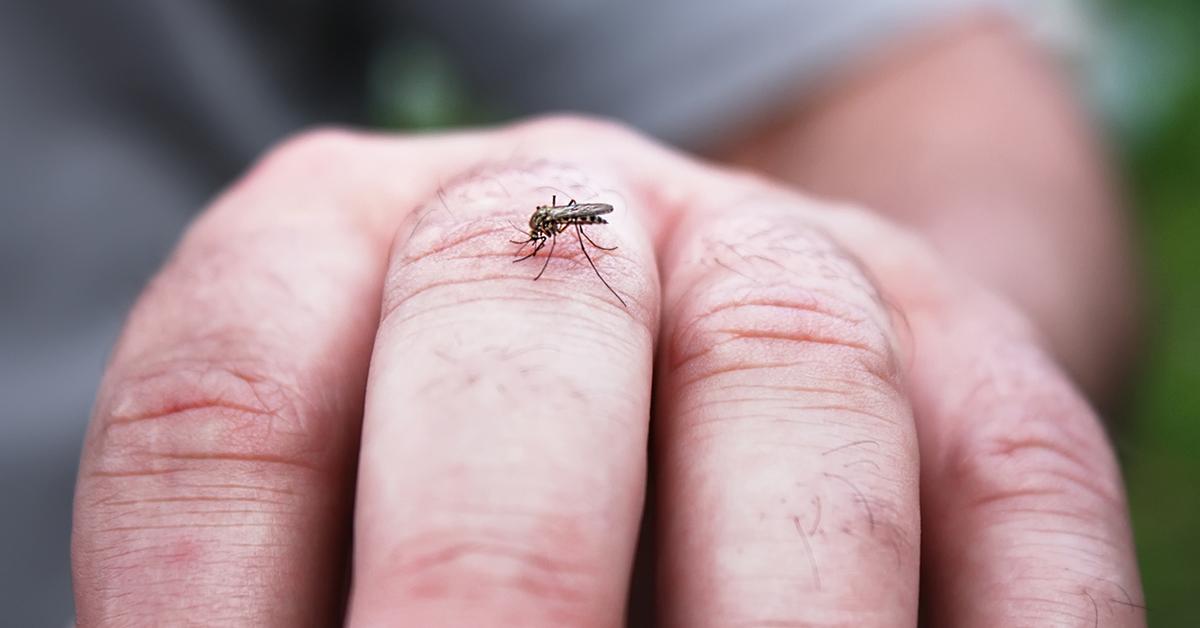
Mosquitoes are some of the peskiest bugs there are. And while nobody wants to be bit up by these bloodsuckers, the good news is they’re relatively easy to get rid of.
Even more good news: There’s no need for bleach or complicated vinegar and wine traps; to get rid of mosquitoes, the most effective thing you can do is choose the right plants. Outdoor plants like basil, catnip, citronella, lavender, lemon balm, and rosemary do wonders for warding mosquitoes away. Mosquitoes don’t like the smell of any of these plants, so the second they pick the scent up, they’re likely to high tail it in the other direction.
In addition to planting the right greenery, making an at-home mosquito repellent will also fortify you against mosquitoes. To make your own repellent, mix equal parts water and witch hazel, then add 30 drops of citronella essential oil and 10 drops of lemon eucalyptus essential oil. This natural repellent will protect you for up to two hours, but you can spray it again as needed.
This article, originally published on June 24, 2020, has been updated.